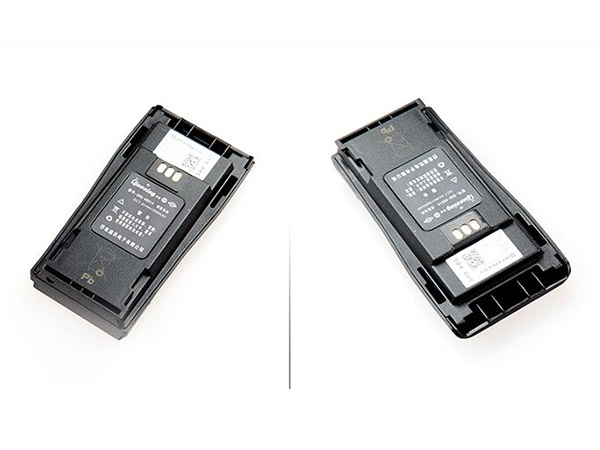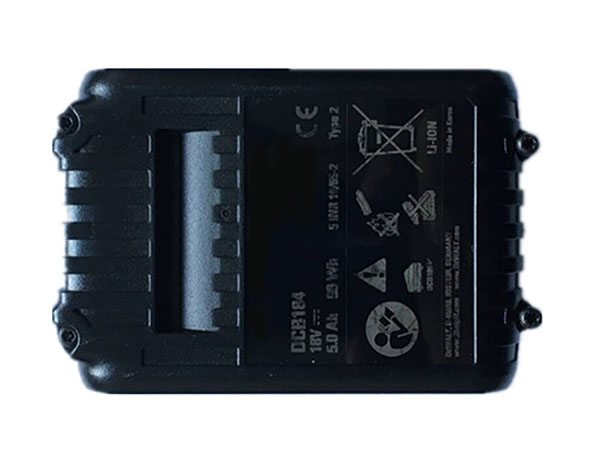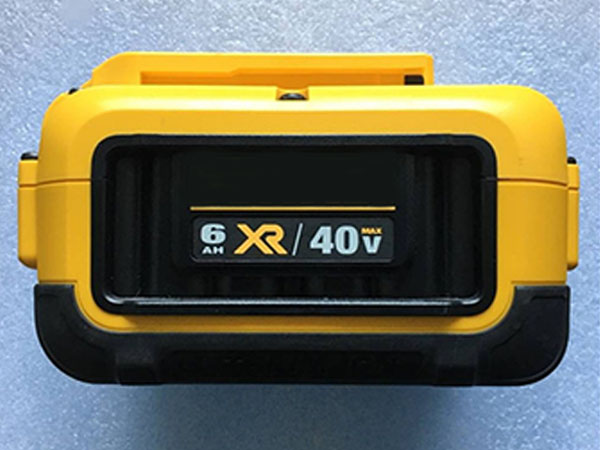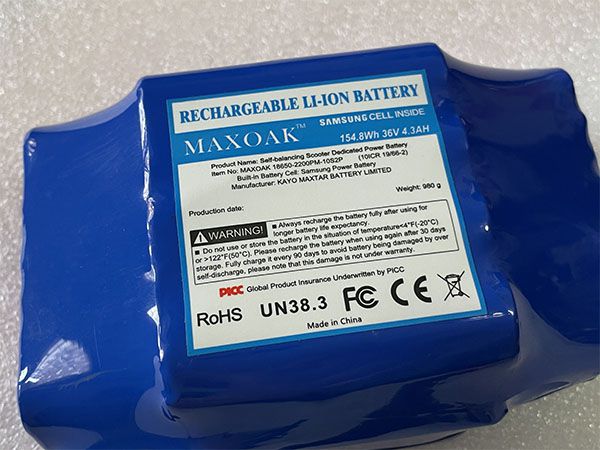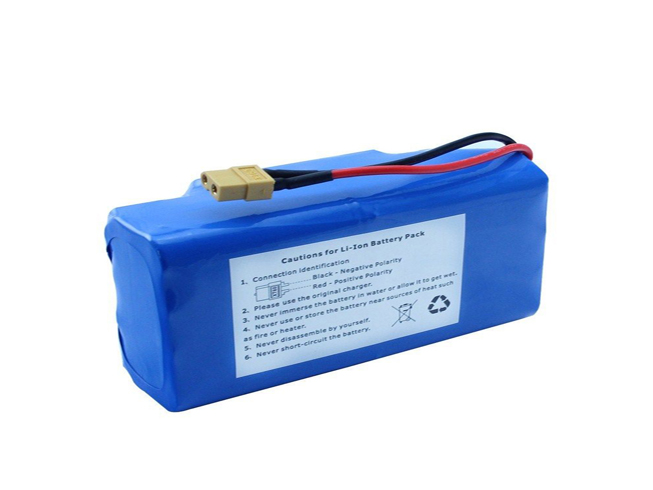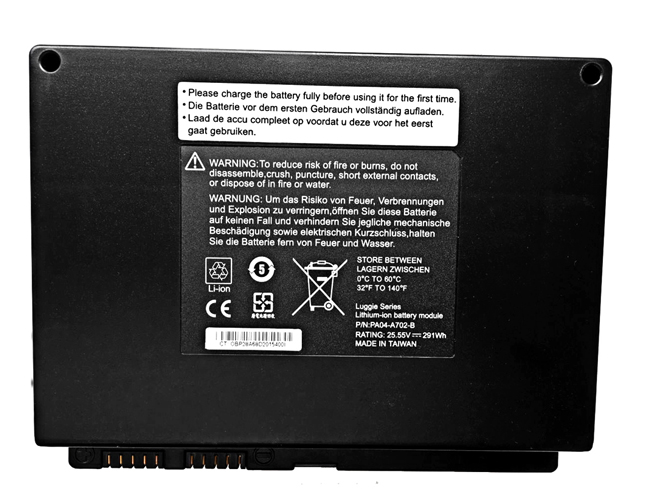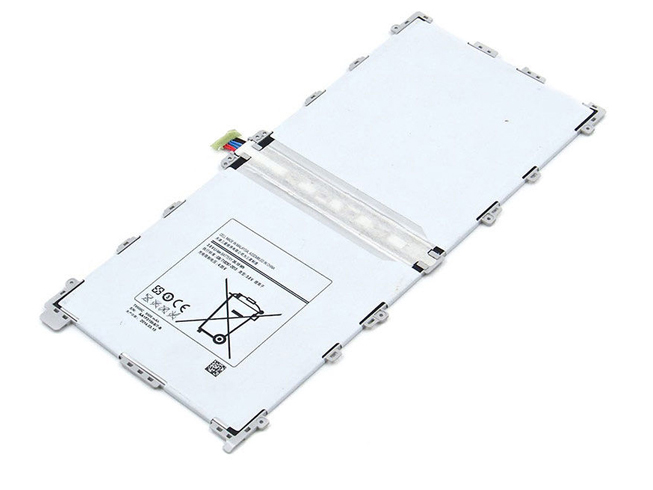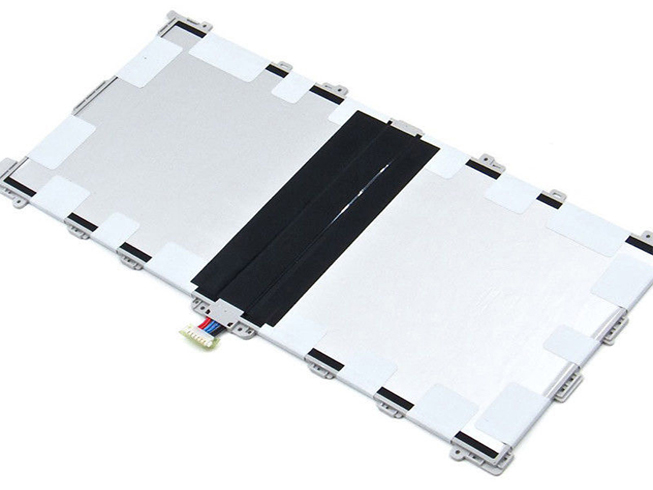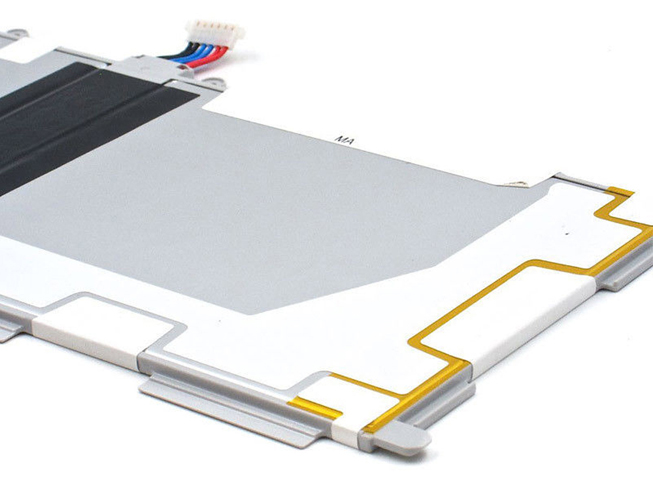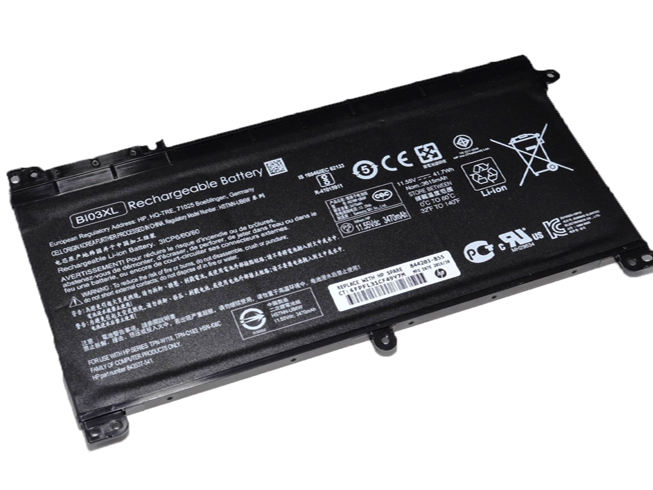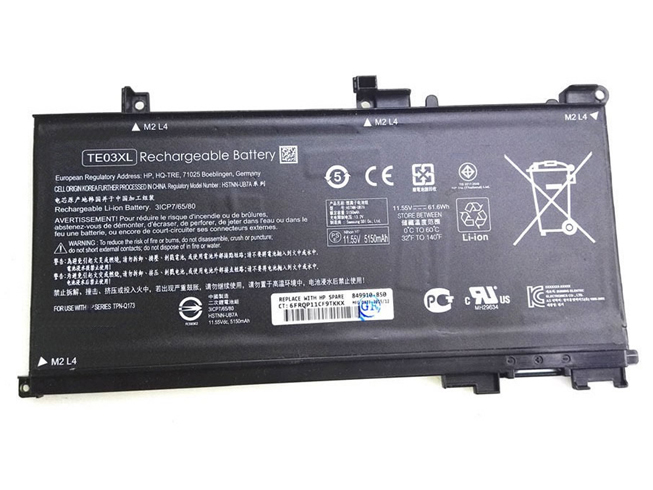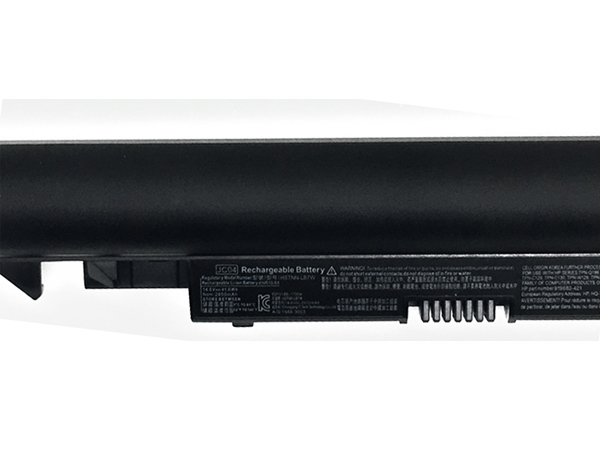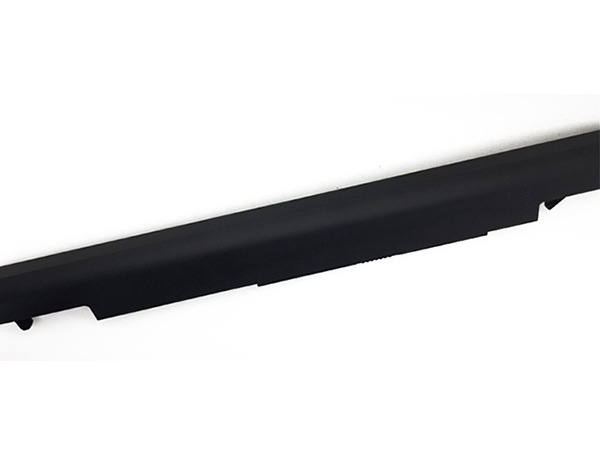Bose 063404 battery is made from the highest quality cells and parts. TheBose 063404 is designed to meet or exceed original equipment specifications. Shopping with us is safe and secure! 100% Guarantee Quality and Fully Test!
-
Bose 063404 battery High Quality Battery 2230mAH/17Wh 7.4V
Product details:
Brand:Bose battery
Type: Li-ion-battery
Voltage: 2230mAH/17Wh
Capacity: 7.4V
Usually ships the same business day!
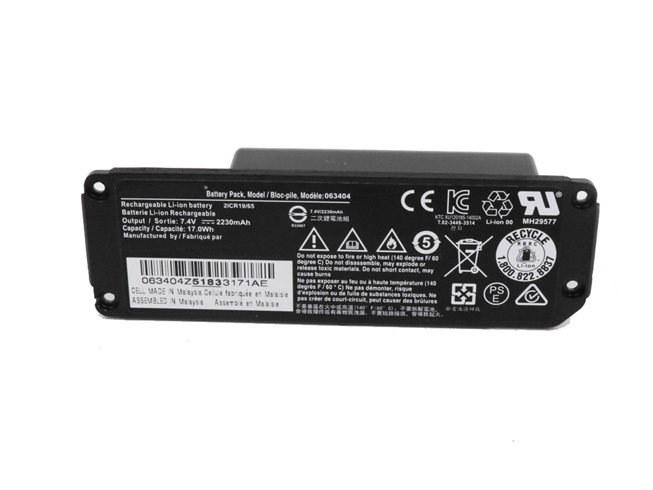
New Bose 063404 discount battery High Quality Battery 2230mAH/17Wh, 7.4V
Replacement Battery>> Bose 063404 2230mAH/17Wh 7.4V
Replace the following part numbers:
- Bose 063404
- Fits the Following Models:
Bose Soundlink Mini I Series
Don’t fit bose mini II
Don’t fit Bose SoundLink Mini Bluetooth Speaker II
Don’t fit bose 088796
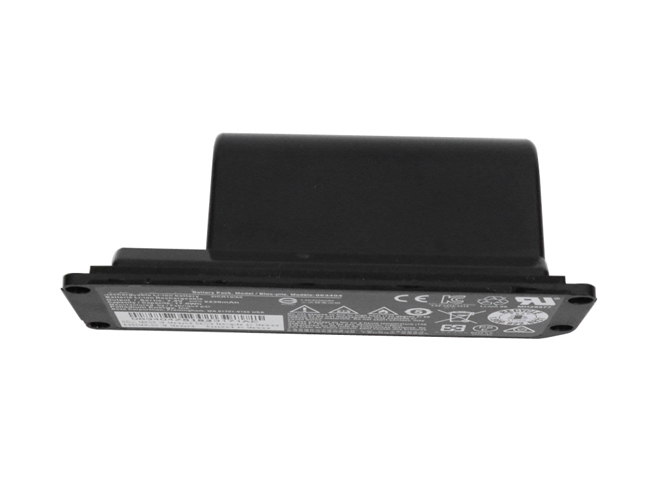
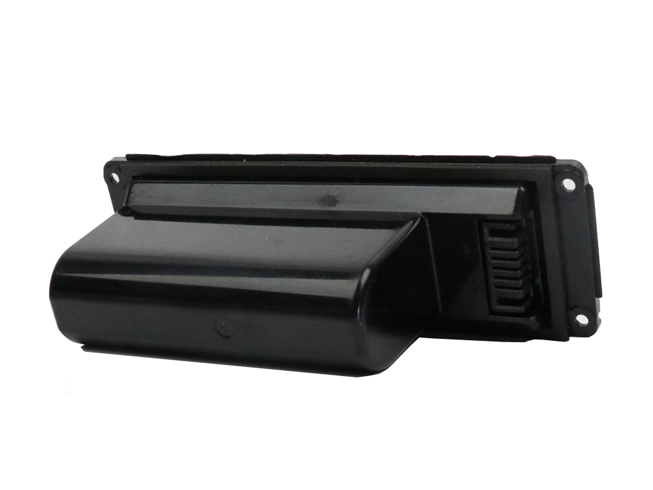
https://www.uk-online.co.uk/063404-battery-replacement-179223.html
